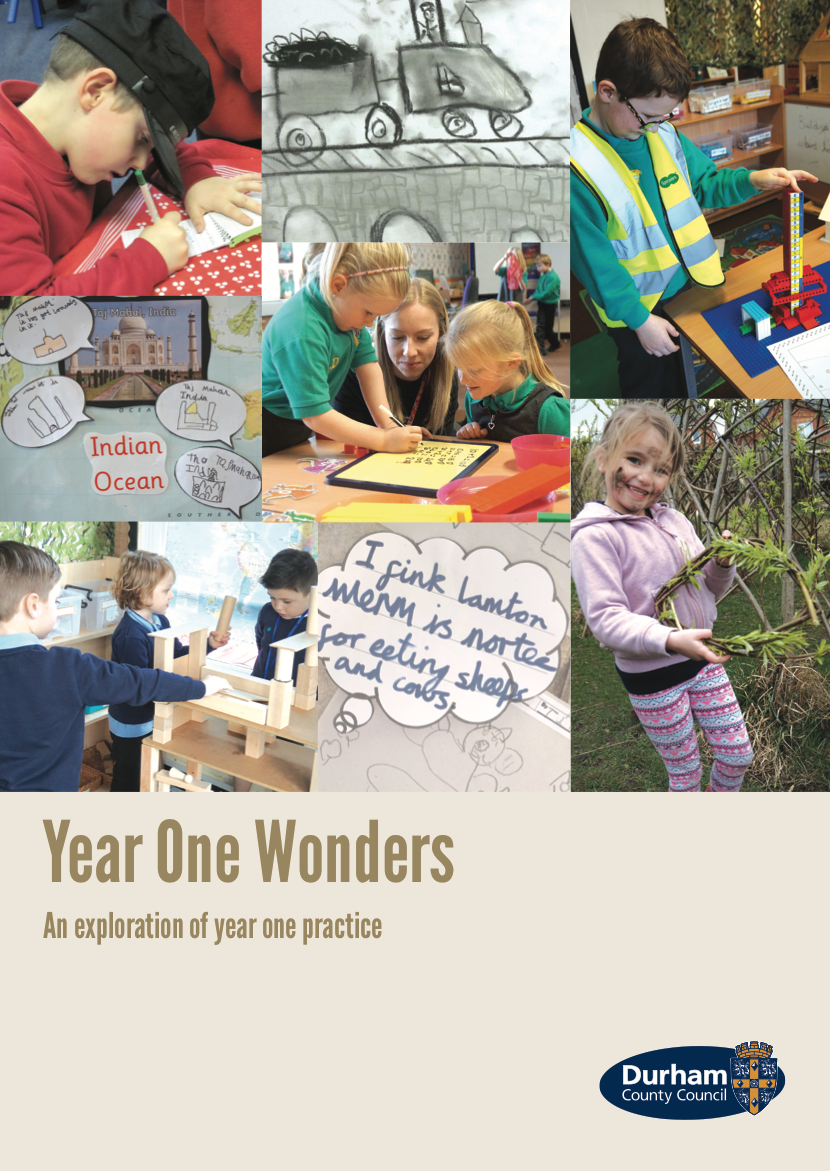

The zephyr that carried me was mild and warm, even as I soared in its currents high over the White Peak, breaking through the gray clouds and into a place where the sun so dazzled that I had to close my eyes.

One strand widened into a broad, swooping curve on which I could glide, drifting easily like a breeze-born leaf. Time turned into a rope that unraveled as a languid spiral. My favorite of these was the fleeting respite she finds in a lozenge of opium: There are encouraging “wonders” as well: unexpected camaraderie in hard times, new families formed as others are torn asunder, lessons learned about healing and perseverance, and moments of mental beauty that puncture Anna’s grim reality. These include the baseline horrors of the Black Death and a series of plague-induced community events that are perhaps even more terrible than the disease itself. Brooks’s depiction of the totalizing helplessness experienced by this benighted population will help modern readers generate gratitude for our comparatively better situation. It is through her eyes that we discover the “wonders” that emerge as the townsfolk “set about learning to live in the wide green prison of our own election” (loc.


Anna is endearing from the start and easy to root for––a winning protagonist to be sure. The housemaid who tells the story is Anna Frith, an intelligent and curious widow whose husband died in a mining accident. When you have been raised in a bare croft, eating with wooden spoons from crude platters, there are a hundred small and subtle pleasures to be garnered in the smooth slipperiness of a fine porcelain cup under your hands in a tub of soapsuds or the leathery scent of a book as you work the beeswax into its binding. At the rectory and at the Bradford’s great Hall, I found much enjoyment in the tending of fine things. There are some who imagine that the work of a housemaid is the dullest of drudgery, but I have never found it so. Her imagery is inviting and vivid, especially her tactile descriptions of life in Eyam: There are lots of reasons to praise Year of Wonders. Throughout the book, Brooks demonstrates an impressive command of 17th-century diction, syntax, and dialogue, adding strong layers of realism from her research of the era. What she produced is an engaging story with a silly ending. With few verifiable details about exactly what occurred in the fourteen months the residents of Eyam spent fighting for their lives, Brooks has a lot of latitude to let her imagination run wild. Upon realizing its situation, this small but noble village decided to self-quarantine in an effort to stop the disease from spreading to other communities. Geraldine Brooks’s Year of Wondersis a fictionalized account of the 1665 plague outbreak in Eyam, England.


 0 kommentar(er)
0 kommentar(er)
